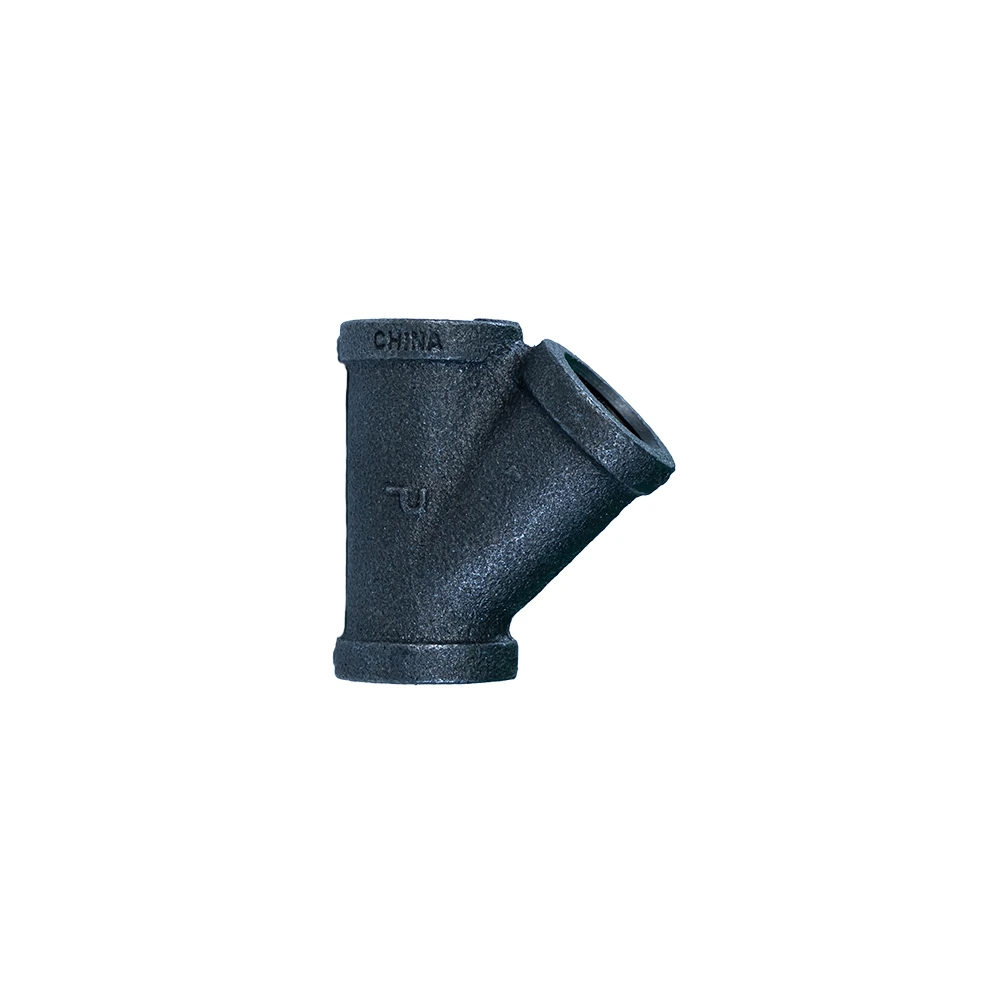In the realm of fluid dynamics and pipeline engineering, the 180-degree elbow plays a crucial yet often underrecognized role. Its primary function is to enable fluid flow to make a complete U-turn with minimal resistance and pressure loss, making it indispensable in various industrial applications. This article delves into the intricacies of the 180-degree elbow, elucidating its applications, materials, manufacturing processes, and considerations that underscore its importance in system design and functional reliability.

A 180-degree elbow, characterized by its ability to change the direction of flow by a full half-circle, is integral in systems where the pipeline must double back on itself. This situation commonly arises in confined spaces or layouts where a compact design is paramount. Industries such as chemical processing, oil and gas, HVAC, and water treatment frequently employ these fittings due to their efficiency in space utilization and fluid conveyance.
Material selection for 180-degree elbows is a critical factor influencing their performance and longevity. Stainless steel is often preferred for its excellent resistance to corrosion and heat, making it suitable for transporting aggressive substances and operating in extreme environments. Other materials, including carbon steel, copper, and PVC, are selected based on compatibility with the fluid medium and temperature-pressure parameters of the system.

The manufacturing process of 180-degree elbows involves precision engineering to ensure seamless integrity and optimal flow characteristics. Typically, the production begins with high-quality metal alloy pipes, which are then subjected to a hot forming process. This involves heating the pipe section and reshaping it around a die to achieve the desired curvature. Advanced methods such as hydraulic pressing and mandrel bending are employed to maintain uniformity in wall thickness and eliminate the formation of weak points.
Dimensionally, the elbows are specified by their nominal size (the main pipeline diameter) and the thickness of their walls. Proper dimensional accuracy is vital as it impacts the pressure rating and the fitting's ability to integrate smoothly with the pipeline to prevent leakage and turbulent flow. Standards such as ASME B16.9 provide comprehensive guidelines to ensure these fittings meet rigorous technical specifications and safety criteria.
3 180 degree elbow
Installation of a 180-degree elbow demands meticulous attention to detail. Proper alignment and secure fastening are imperative to maintain system integrity and reduce the risk of joint failures. It's recommended that installations be inspected and tested according to industrial standards to verify that the elbow performs as designed under operational conditions.
Design efficiency and pressure performance are enhanced when the right type of 180-degree elbow is matched to its application. Long-radius elbows, with their extended arc length, offer gentle transitions that reduce pressure loss and are beneficial for high-flow applications. Conversely, short-radius elbows are preferred in compact systems where space is constrained.
Trustworthiness in selecting and using 180-degree elbows can be fortified by sourcing products from reputable manufacturers who adhere to industry certifications and standards. Regular audits and quality checks are indicators of a manufacturer’s commitment to quality assurance. Moreover, expert consultation and engineering support can provide valuable insights into customizing elbow configurations to fit unique project requirements.
For engineering professionals, the expertise extends beyond just understanding the specifications; it entails a comprehensive grasp of how these components contribute to overall system efficiency and reliability. Incorporating considerations for fluid dynamics, material compatibility, and system architecture ensures that the chosen 180-degree elbow not only meets but exceeds operational expectations.
In conclusion, the 180-degree elbow is more than just a pipeline fitting; it's a pivotal component that ensures fluid systems are efficient, reliable, and safe. By leveraging an understanding of its features, materials, and applications through hands-on experience and expert knowledge, one can achieve optimal design and implementation in various industrial contexts. Such informed decisions cultivate authority and trust in engineering practices, enhancing the overall quality and sustainability of industrial operations.
Post time:
Th2-15-2025











